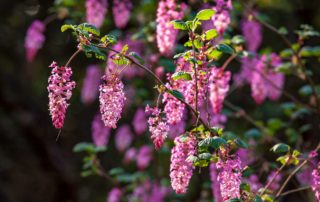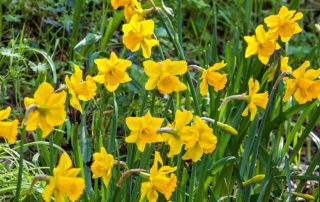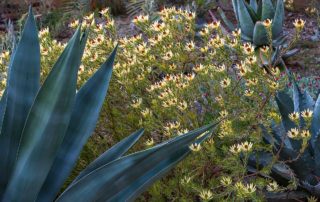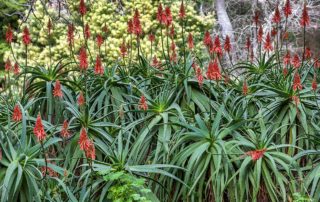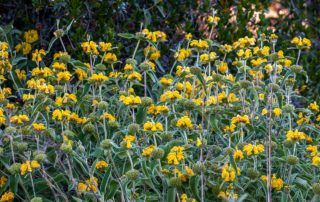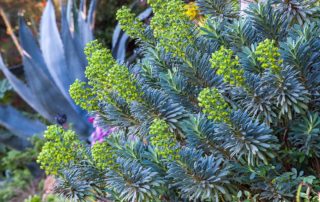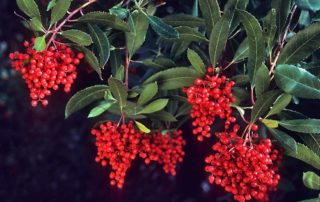Ornamental Currants and Gooseberries
Although usually grown for their exquisite flowers, ornamental currants and gooseberries are ideal components of habitat gardens that provide year-round sustenance for wildlife. As some of the first shrubs to flower wherever they are found, they are important sources of early-season nourishment for hummingbirds, bees, and other pollinators. Their leaves are food for the caterpillars of butterflies and moths that support the offspring of nesting birds. And their fruits, well, let's just say they're gone almost before the gardener has a chance to sample them. Ribes sanguineum, red- or pink-flowering currant Currants and gooseberries both belong to the


